
An interview with Jeff Andrews, MD, FRCSC, of BD Life Sciences.

An interview with Jeff Andrews, MD, FRCSC, of BD Life Sciences.

An interview with Jeff Andrews, MD, FRCSC, of BD Life Sciences.

Rates of amputation in Black Americans with peripheral arterial disease are 3-times higher than that of their White counterparts. Dr Fakorede, discusses, here.
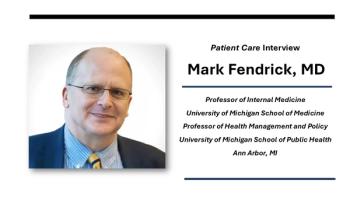
The increase in stool-based CRC testing is a logical trend, Hendrick said in an interview, given the convenience plus the 2 million younger adults now eligible for screening.

An interview with Jeff Andrews, MD, FRCSC, of BD Life Sciences.

An interview with Jeff Andrews, MD, FRCSC, of BD Life Sciences.
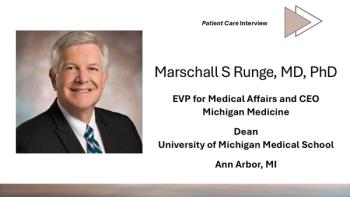
Measles, declared eradicated in the US 25years ago, has infected 900 Americans and is responsible for 3 deaths of children younger than age 5. How did we get here?

ACP 2025: Dr Fakorede outlines PAD risk amplifiers, polyvascular disease connections, and when to screen using ABI, TBI, or exercise testing in high-risk patients.

An interview with Jeff Andrews, MD, FRCSC, of BD Life Sciences.

ACP 2025: Foluso Fakorede, MD, discusses the importance of recognizing and screening for peripheral artery disease in primary care.
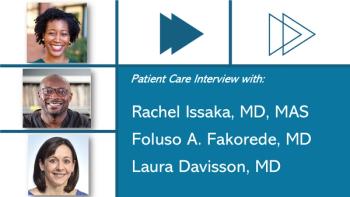
Expert insights on PAD prevention, boosting colon cancer screening, and expanding obesity treatment options.
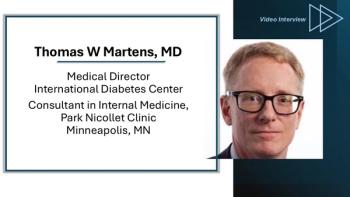
CGM is now standard of care in T1D and evidence is solid for a role in insulin-treated T2D; Thomas Martens, MD, shares thoughts on CGM growth in the next 3-5 years.

Martens, medical director of the International Diabetes Center (IDC) in Minneapolis, highlights an IDC resource that helps target problem areas in management of hyperglycemia.

Martens, Director of the International Diabetes Center, in Minneapolis, highlights the differences between the 2 methods and what the research has found on each.

An interview with Jeff Andrews, MD, FRCSC, of BD Life Sciences

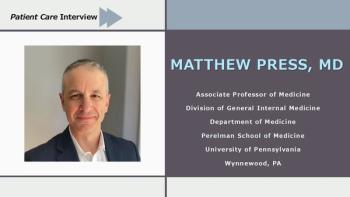
ACP 2025: Collaborative care can help address the mental health crisis, but payment and EHR challenges remain. Matthew Press, MD, explains how primary care can overcome these barriers and why integration is essential.

ACP 2025. The timely glucose data available with continuous glucose monitoring is what's needed for optimal daily diabetes control, says Tom Martens, MD.

Panelists discuss how choosing topical treatments requires individualized therapy considering factors such as affected body areas, disease severity, patient age, formulation preferences, and insurance coverage.

Panelists discuss how roflumilast demonstrated good efficacy with 56% to 57% of patients achieving an Investigator’s Global Assessment (IGA) score of 0 or 1 after long-term use, making it effective for maintenance therapy with good tolerability.




Panelists discuss how newer nonsteroidal topical treatments like phosphodiesterase-4 inhibitors (crisaborole and roflumilast), JAK inhibitors (ruxolitinib), and aryl hydrocarbon receptor agonists (tapinarof) are expanding options for atopic dermatitis treatment.

Panelists discuss how long-term use of topical steroids is prevalent with 50% of patients using them 15 to 30 days per month, leading to concerns about adverse effects, including topical steroid withdrawal syndrome.




Panelists discuss how even mild atopic dermatitis can significantly impact quality of life, with 11% of patients with mild symptoms reporting moderate to large impact on their daily functioning.

Panelists discuss how topical steroids should be used intermittently with scheduled breaks to prevent adverse effects like skin atrophy, striae, and telangiectasias.